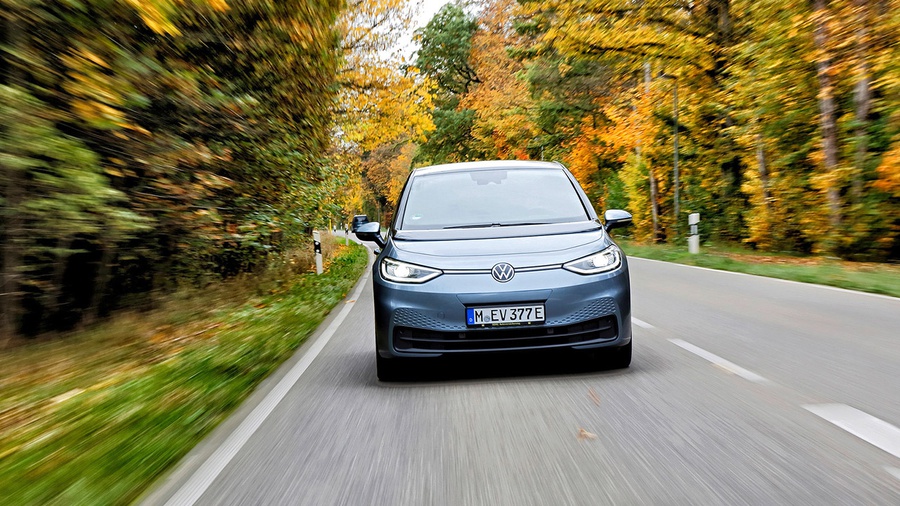ADAC, has given the ID.3 high marks after rigorous testing. Over 100,000 kilometers were covered by engineers at the Test and Technology Center in Landsberg am Lech. The primary takeaway: the high-voltage battery retains 93 percent of its net capacity. The model put through the paces was an ID.3 Pro S with a 77 kWh net battery energy content. Volkswagen guarantees a minimum of 70 percent battery capacity for this and all other ID. family models after either eight years of use or 160,000 kilometers on the road.
In the testing process, the battery wasn't handled gently. To quickly hit the 100,000-kilometer milestone, the vehicle was often fully charged at quick-charge stations. Moreover, despite guidelines to the contrary, the car usually sat at the charging station with a full battery, sometimes for days on end.
This durability test is the first of its kind for any vehicle in the ID. series. Between drives, the ID.3 underwent frequent check-ups at the Landsberg am Lech facility. ADAC's evaluation encompasses eight primary factors and over 300 sub-factors, including technology, safety, usability, and environmental impact.
ADAC strongly advises consumers to keep their software up to date. During the extensive testing, several software updates were rolled out for the ID.3, which brought various bug fixes and a boost in charging capacity to 170 kW. These updates also positively influenced the vehicle's range and consumption, especially during short drives in winter temperatures ranging from 0 to 5° C.
ADAC testers also lauded the Intelligent Electric Vehicle Route Planner feature that the ID.3 received through an update. On extended trips, the system optimizes charging stops to reach the destination as rapidly as possible. It considers the battery's charge level, current traffic, and other predictive data. Instead of suggesting one long charging stop with low power, the system may recommend two shorter stops at high-power stations.
Source: Volkswagen
.jpg)

